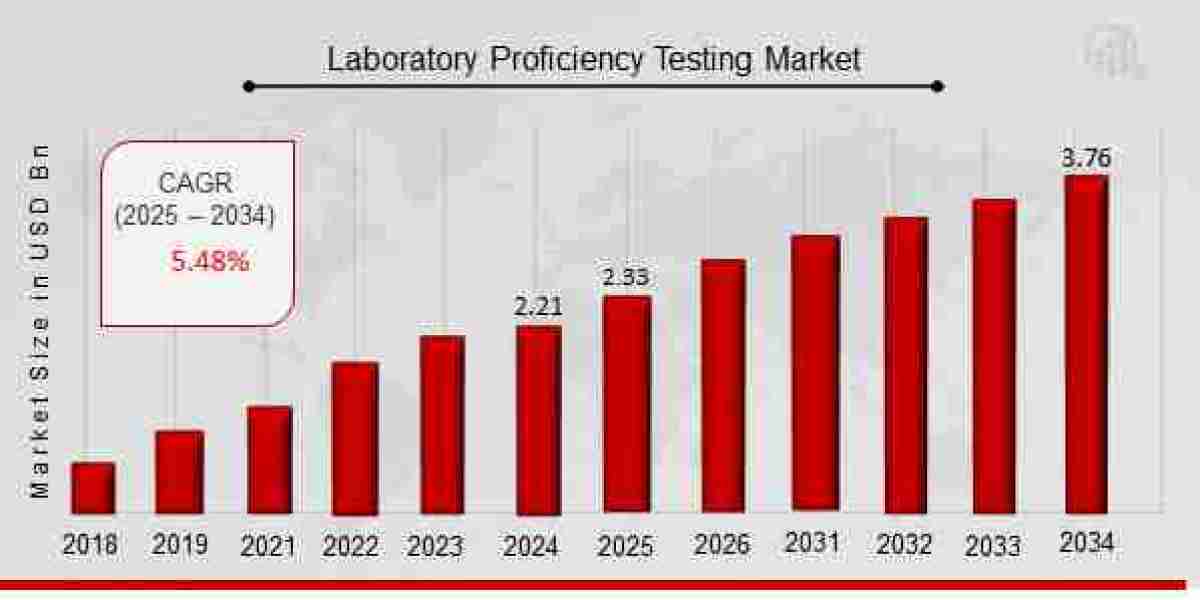The global edible oil market is undergoing significant transformations, influenced by shifting consumer preferences, policy interventions, and technological advancements. As of 2025, the market is valued at approximately USD 253.67 billion and is projected to reach USD 362.80 billion by 2034, growing at a CAGR of 4.06% .
Market Dynamics and Consumer Preferences
Consumer demand is increasingly steering towards healthier, organic, and sustainably sourced oils. This shift is evident in the rising popularity of cold-pressed oils, organic variants, and specialty oils like avocado oil. In India, the cold-pressed oil market is expected to grow at a CAGR of 7.2% from 2025 to 2030, reaching a projected revenue of USD 3,695.8 million by 2030 . Similarly, the organic edible oil market is projected to reach USD 67.75 billion by 2032, driven by health-conscious consumers seeking products with certifications like USDA Organic and EU Organic .
Policy Interventions and Domestic Production
India, the world's largest importer of edible oils, has implemented several policy measures to reduce dependency on imports and bolster domestic production. In May 2025, the Indian government halved the basic customs duty on crude palm oil, crude soybean oil, and crude sunflower oil from 20% to 10% for one year, aiming to curb inflation and stabilize domestic markets .
Additionally, the National Mission on Edible Oils – Oil Palm (NMEO-OP) seeks to increase oil palm cultivation by 6.5 lakh hectares by 2025-26. Andhra Pradesh, leading the nation with over 60% of India's oil palm cultivation, has initiated awareness programs to educate farmers on best practices, enhancing productivity and profitability .
Supply Chain Challenges and Shifts
The edible oil supply chain faces challenges such as climatic disruptions and geopolitical factors. In 2024, palm oil prices surged due to supply issues in Indonesia and Malaysia, leading to a shift in India's import patterns. Palm oil's share of India's edible oil imports declined from 56% to 43%, with refiners favoring more affordable alternatives like soybean and sunflower oils .
Technological Innovations and Sustainability
Advancements in extraction technologies are reshaping the edible oil industry. Innovations like enzymatic and ultrasound-assisted extraction methods are enhancing oil yield and quality. Moreover, the industry is witnessing a move towards sustainable practices, with companies focusing on reducing carbon footprints and adopting eco-friendly production processes.
Market Outlook
The edible oil market is poised for steady growth, driven by evolving consumer preferences, supportive policies, and technological advancements. Stakeholders across the value chain, from producers to consumers, are adapting to these changes, ensuring a dynamic and resilient market landscape.
Conclusion
The edible oil industry is at a pivotal juncture, balancing between traditional practices and modern demands. By embracing innovation, sustainability, and consumer-centric approaches, the sector is well-positioned to navigate the challenges and opportunities of the coming decade.




